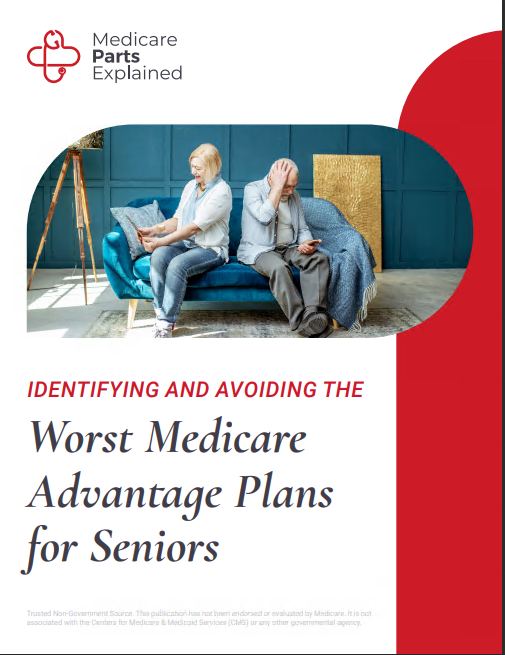What is PSHB
The Postal Service Health Benefits Program (PSHB) is a crucial aspect of healthcare coverage for postal employees and retirees. Understanding the intricacies of PSHB is essential for individuals within the United States Postal Service (USPS) community to make informed decisions about their healthcare benefits. In this guide, we will delve into the details of the Postal Service Health Benefits Program, shedding light on its purpose, eligibility criteria, coverage options, and more.
What is PSHB?
The Postal Service Health Benefits Program (PSHB) is a specialized healthcare benefits program established to provide comprehensive health insurance coverage to USPS employees, retirees, and their eligible dependents. Administered by the United States Postal Service, PSHB aims to ensure that postal workers have access to affordable healthcare options that meet their needs and preferences.
Integrating PSHB with Medicare
A significant aspect of the Postal Service Health Benefits Program (PSHB) is its integration with Medicare Part B for certain annuitants. This integration allows annuitants to leverage the benefits of the Medicare taxes they paid during their employment. By aligning PSHB coverage with Medicare, individuals may experience reduced overall healthcare costs and greater value from their benefits. Previously, the Postal Service contributed employer taxes to fund Medicare annually but lacked the ability to ensure its annuitant healthcare program fully utilized Medicare benefits. Enabling the Postal Service to generally require Medicare-eligible annuitants to enroll in Medicare when eligible allows the Postal Service to utilize Medicare similarly to other employers. This strengthens its financial position, thereby enhancing its capacity to fulfill its critical public service mission. For more information about Medicare, individuals can visit the official Medicare website at www.medicare.gov.
Medicare Help and Resources
State Health Insurance Assistance Programs (SHIPs) offer free, in-depth, and unbiased insurance counseling and assistance to Medicare-eligible individuals, their families, and caregivers. These programs provide invaluable support and guidance to individuals navigating the complexities of Medicare enrollment and coverage options. To learn more about SHIPs and access their services, individuals can visit shiphelp.org.
Enrolling in the PSHB Program
Under the Postal Service Reform Act of 2022 (PSRA), individuals are required to select a health insurance plan in the PSHB Program during the designated open season period, which typically runs from November 11th to December 9th. Failure to actively select a PSHB plan will result in automatic enrollment in a comparable plan. Plan options and premium information will be available in fall 2024, with enrollment details provided closer to the open season period.
Integration with Medicare
While enrollment in Medicare Part B is not mandatory during employment with the Postal Service, certain employees are required to enroll in Medicare Part B to maintain PSHB coverage upon retirement. The integration with Medicare ensures continuity of healthcare coverage and maximizes the benefits available to annuitants.
Exceptions to Enrollment Requirement
There are exceptions to the requirement for annuitants to enroll in Medicare Part B. These exceptions include residing outside the United States and its territories, receiving health benefits from the Department of Veterans Affairs, or being eligible for health services provided by the Indian Health Service. Annuitants must provide proof of eligibility for these exceptions to the designated agency.
Coverage for Family Members
Family member coverage under PSHB is typically based on the primary enrollee’s eligibility status. If the primary enrollee is required to enroll in Medicare Part B, family members will also be required to enroll when eligible. Conversely, if the primary enrollee is not required to enroll in Medicare Part B, dependent family members will not be required to do so either.
Adding Value through Medicare Integration
Individuals are generally eligible to enroll in Medicare upon reaching age 65. While Medicare Part A covers inpatient hospital care and is typically premium-free, Medicare Part B, covering doctors’ visits and other medically necessary services, requires a monthly premium. Integrating Medicare with PSHB allows individuals to explore additional incentives and savings opportunities, such as lower prescription drug copays, resulting in overall savings on out-of-pocket healthcare costs.
Conclusion: Empowering Postal Workers with Healthcare Knowledge
The Postal Service Health Benefits Program plays a critical role in supporting the health and well-being of USPS employees and retirees. By understanding the purpose, eligibility criteria, coverage options, enrollment process, cost considerations, benefits, resources, and future outlook of PSHB, individuals within the USPS community can make informed decisions about their healthcare benefits and access the support and services they need to lead healthy, fulfilling lives.
For more information about the Postal Service Health Benefits Program and how it can benefit you as a USPS employee or retiree, contact the USPS Human Resources department or connect with a licensed insurance agent on this website for comprehensive resources and support.




